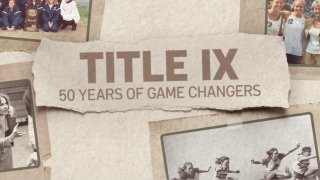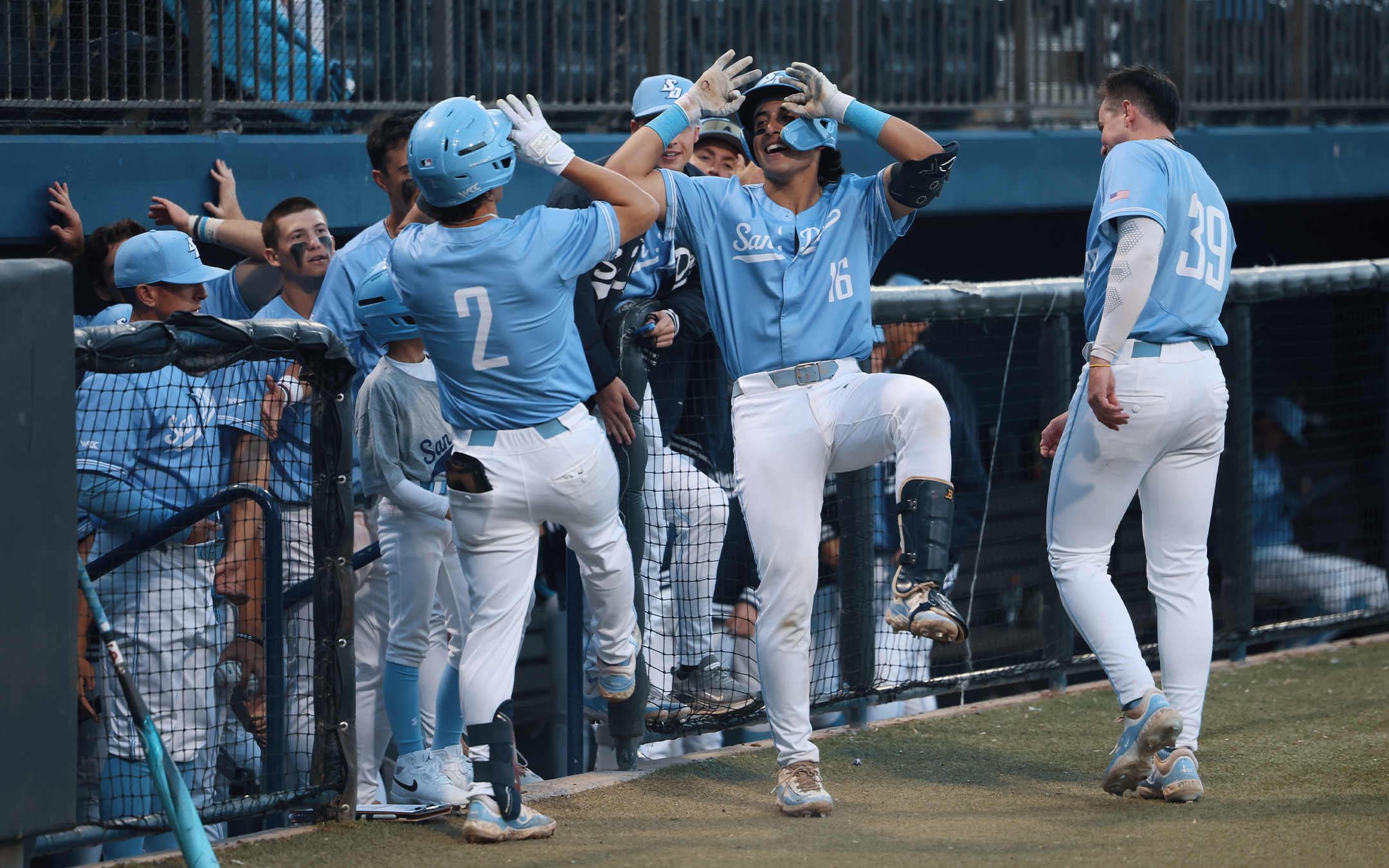
50 years ago Thursday, the world started to change.
The change was, like many things when society has to hold a mirror to itself and recognize it's been doing things the wrong way, painstakingly slow. That change is still happening today, and will last for years to come.
It all began with a presidential penstroke.
Richard Nixon signed into law the Education Amendments of 1972 on June 23. There are 10 Titles in those Amendments. The one that had the biggest impact is Title IX. It's just 37 words long but it laid the groundwork for equality for women in education:
Get San Diego local news, weather forecasts, sports and lifestyle stories to your inbox. Sign up for NBC San Diego newsletters.
“No person in the United States shall, on the basis of sex, be excluded from participation in, be denied the benefits of, or be subjected to discrimination under any education program or activity receiving Federal financial assistance.”
Three years later, in 1975, President Ford signed the Title IX athletics regulation. Multiple schools were trying to argue that athletics were not covered in the educational spirit of the Amendment. Ford struck that down saying “it was the intent of Congress under any reason of interpretation to include athletics.” Ford gave schools across the country three years to get into compliance.
Since then the world has opened up for female student-athletes. A shining example of that is in town at the perfect time.
Local
At San Diego State, Athletes Unlimited is holding a softball tournament spanning several weeks. 48 of the best players in North America are divvied up into three teams with thousands of dollars on the line. On Thursday, they all wore different uniforms. With a roman numeral IX on the backs, to celebrate the anniversary of Title IX.
“It’s the reason we’re all here today with this incredible opportunity to play softball and be professionals. It’s a huge part of our development into strong, confident women and being able to compete has been life-changing for so many of us,” says Victoria Hayward, who played for Canada’s Olympic softball team and now coaches at San Diego State.
Back in 1972 this kind of event would have been impossible.
“It’s definitely emotional, thinking about 50 years ago that this opportunity would never have existed for us,” says pitcher Maggie Balint, a San Diego State alum and 2022 All-American. “We get to come out here and have people invest in us and be able to compete against other great female athletes, but also to encourage young athletes that at one point in their career, they’re going to be able to do the same thing.”
According to research from the Women's Sports Foundation, in the days before Title IX just 15% of collegiate student-athletes were women. Today that number stands at 44%.
At the high school level the jump is even greater. During the 1971-72 school year a total of 294,000 girls participated in prep sports. In the 2018-19 school year more than 3.4 million girls were playing high school sports.
Without Title IX there would be no Athletes Unlimited, no National Women's Soccer League, no Women's National Basketball Association, and certainly not nearly as many women earning scholarship money to achieve their educational goals.
More women are playing sports, and they’re able to play longer than ever before.
“Even 10 years ago if you had told me that I’d be 30 years old, still competing at what I love, and still doing that as my job, I would have told you that you were crazy,” says Hayward. “I mean, you can ask around, so many people were like, I want to be a professional softball player when I grow up, and teachers told them that they were crazy, or to pick another job that makes sense. To stand here and feel like it’s a real opportunity, it gives me chills.”
But, there is certainly still a lot more work that needs to be done.
While women make up 44% of NCAA athletes, they account for 59.5% of collegiate enrollment. According to research by MarketWatch, male athletes still account for more total scholarships and scholarship dollars every year than female athletes. There is one very large reason for this:
Football.
It's the biggest money maker in collegiate sports and it's only played by men. So, most of the recruiting and scholarship budgets go to that sport and many of the scholarships awarded are full rides. In female sports the vast majority of student-athletes are only receiving partial scholarships.
But, this generation is better off than the last, and it's consciously working to improve the next, until someday, the playing field is truly level, in the amateur and professional ranks.
“Hopefully women’s sports are on full salaries and we don’t have to have another job or a second income or rely on anything else but coming out here and being able to compete,” says Balint.
This golden anniversary is a good reminder to celebrate the accomplishments, and use that momentum to finish what was started five decades ago.
“50 years is almost like 50% because, as a professional athlete, I’m still working two jobs in order to make ends meet,” says Hayward. “In 50 years I hope that there are no side hustles. I hope it is being professional athletes 100% and that we’re able to put 100% of who we are as athletes into our craft and continue to grow the game in that way. We’ve made incredible strides and I know that, hopefully, in less than 50 years, I’m here in the stands watching somebody be a professional athlete as their only job and really being able to give everything they have to the game.”



